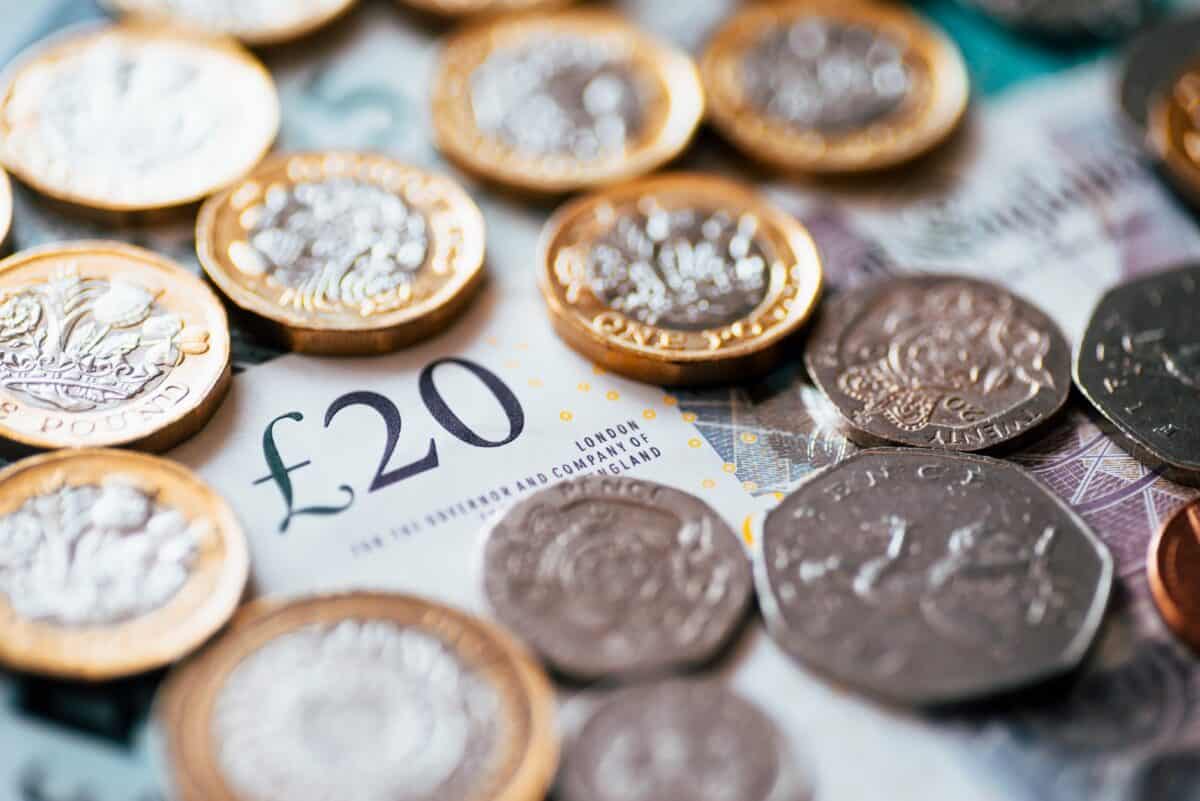
Image source: Getty Images
I’m looking to top up my Stocks and Shares ISA and NatWest Group‘s (LSE: NWG) riding high on my shopping list.
The NatWest share price has more than doubled over the last 12 months, rising 105.19%. Across the FTSE 100, only Rolls-Royce has done better over the period, climbing 149.11%. Yet NatWest hasn’t attracted the same level of attention.
The excitement began back in February, when it posted a 22% jump in 2023 pre-tax profits to £6.2bn. That lit a fire under rival banks too, as investors decided almost overnight that they were due a re-rating.
Can it repeat its stellar year?
Barclays has jumped 78.6% over the last year, while Lloyds Banking Group was rattling along until it got embroiled in the motor finance mis-selling scandal. Over 12 months, Lloyds is up a modest 29.19%. Naturally, that’s the one I own. 🙁
One reason for NatWest’s February bounce was that markets overestimated the threat of customer impairments, as homeowners withstood higher inflation and interest rates. With inflation down to 1.7% in September and interests expected to slide further, impairments have continued to slide in the 2024 financial year.
Another shadow hanging over NatWest was the prospect of a ‘Tell Sid’ style share sell campaign, with former Tory chancellor Jeremy Hunt drawing up plans to sell the remaining 19.97% government stake in the bank at a discounted price. Labour’s Rachel Reeves quickly ruled that out, lifting the stock.
NatWest has powered on despite posting 15.6% drop in first-half profits to £3.03bn on 26 July. Markets decided to look on the bright side after the board hiked the interim dividend payment by 9%. The forecast yield’s now 4.79%, rising to 5.13% in 2025.
That will look more attractive as falling interest rates drag down yields on cash and bonds. The downside of lower rates is that they may also squeeze net interest margins, the difference between what banks pay savers and charge borrowers. The process has already started. NatWest’s first-half margins fell by 16 basis points to 2.07%, although picked up slightly in Q2 to 2.1%.
There may be better value on the FTSE 100
The obvious risk to buying NatWest is that it will struggle to match recent growth, or even retreat as investors bank profits. It doesn’t look over-priced, with a price-to-earnings ratio of 7.83. However, the big banks have looked undervalued for years on that measure. That said, a price-to-book ratio of 0.81 isn’t exactly daunting.
Much now depends on whether interest rates revive the housing market and lift the UK economy. Office for Responsibility forecasts, prepared for the budget, make it clear the UK isn’t about to go gangbusters though.
The 18 analysts offering one-year share price forecasts for NatWest have set a median target of 429.8p. If correct, that would mark rise of 11.6% from today’s price. This confirms my suspicion that the next year won’t be quite as good as the last one. Frankly, how could it be?
I prefer to buy stocks before they have a good run, rather than afterwards (not easy, of course). On those grounds alone, I’ll hold fire on NatWest and I’ll hunt for my first Stocks and Shares ISA pick elsewhere.













